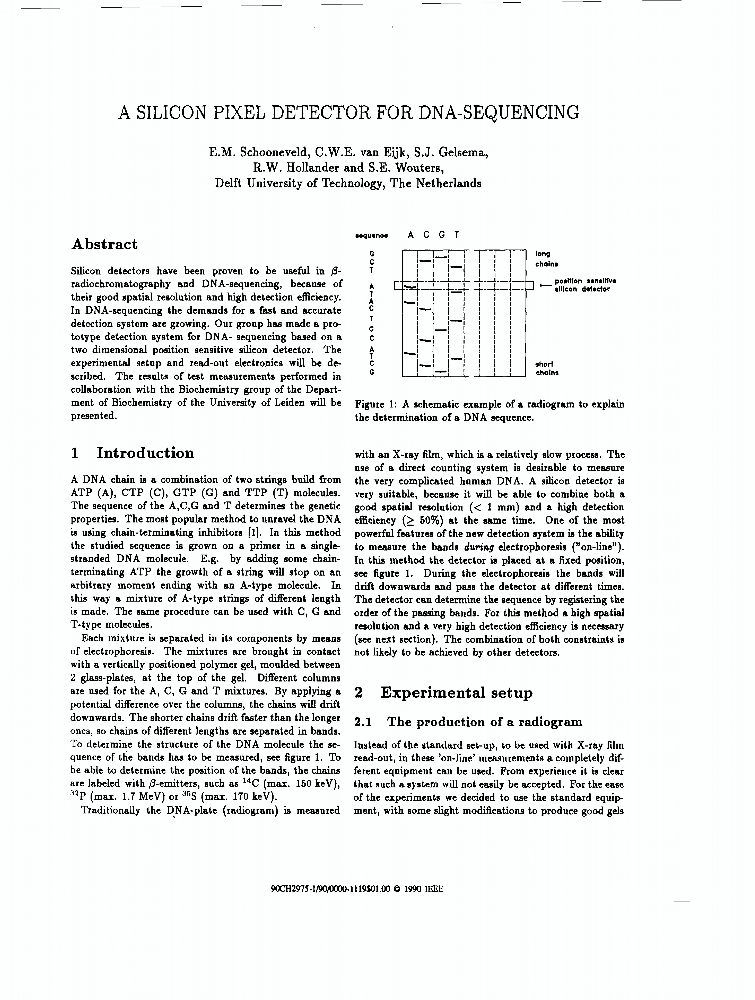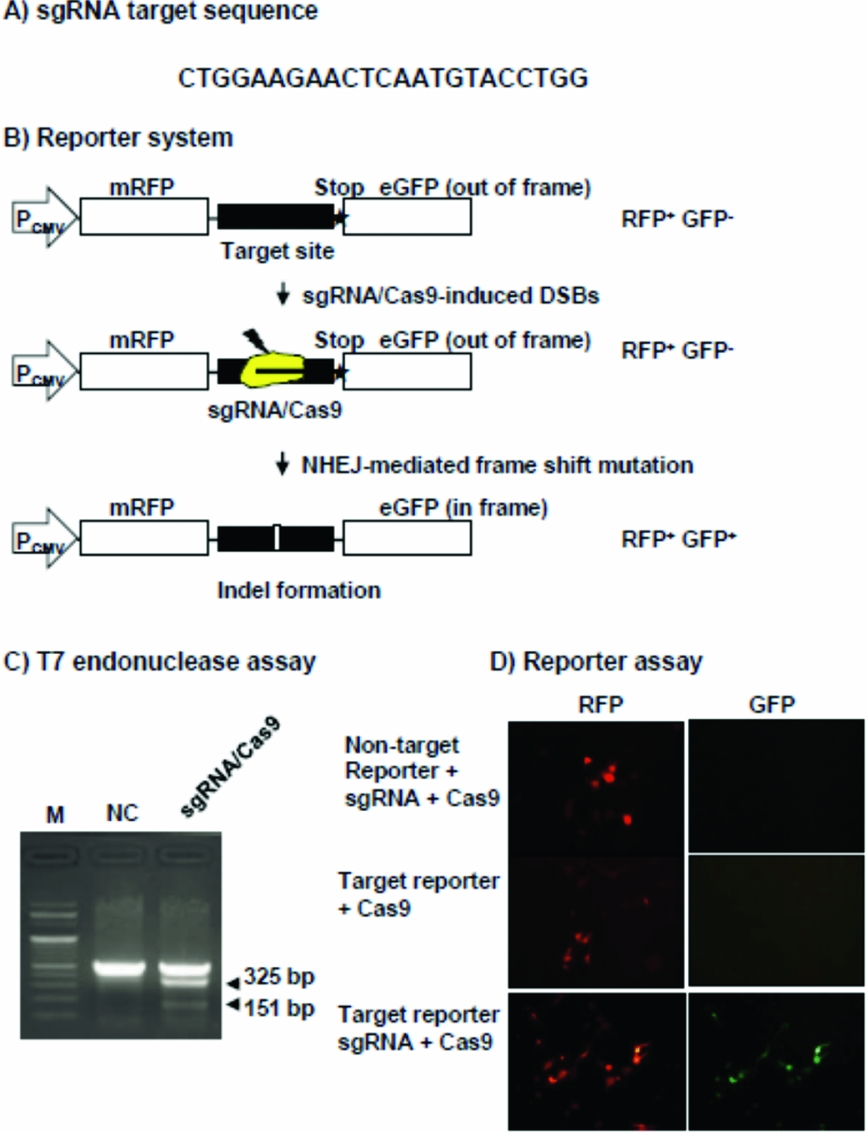

MacVector 12.7 will be released later this year. The end result to the sequence is of course the same. Recurrence of particular var sequence blocks thus leads to ‘overlaps’ in the PfEMP-1 sequence repertoire of different P. MacVector treats the recombination events used by the Gateway techniques as ligation events.

Evidence that certain conserved sequences recur in clones from one Sudanese village and in isolates from all over the world suggests that var gene diversity is the result of recombinational reshuffling of a subset of conserved, presumably ancestral sequences. These clones have been compared with 25 PfEMP-1 sequences expressed from different var gene loci by the 3D7A clone and 48 PfEMP-1 sequences from different isolates in endemic areas such as Kenya, Brazil, Gambia, Vietnam and Vanuatu to analyse diversity in clonal, local and ‘global’ P. falciparum clones isolated from patient infections in a Sudanese village in October–November 1989. We have identified 56 different sequences from the Duffy binding-like (DBL-1) domain of var genes amplified from six different P. PfEMP-1 is extremely polymorphic although the extent of this variation in naturally transmitted parasite populations is unclear. Epistasis analyses of their relationships in radiation repair and intrachromosomal recombination have established that the three genes act in the same functional pathway (21, 22) and yeast two-hybrid analysis has provided evidence for physical interaction between combinations of the proteins (23, 24). The var genes of Plasmodium falciparum encode a family of parasite erythrocyte surface antigens, the PfEMP-1 proteins, which function as adhesion ligands for host endothelial and erythrocyte receptors.


 0 kommentar(er)
0 kommentar(er)
